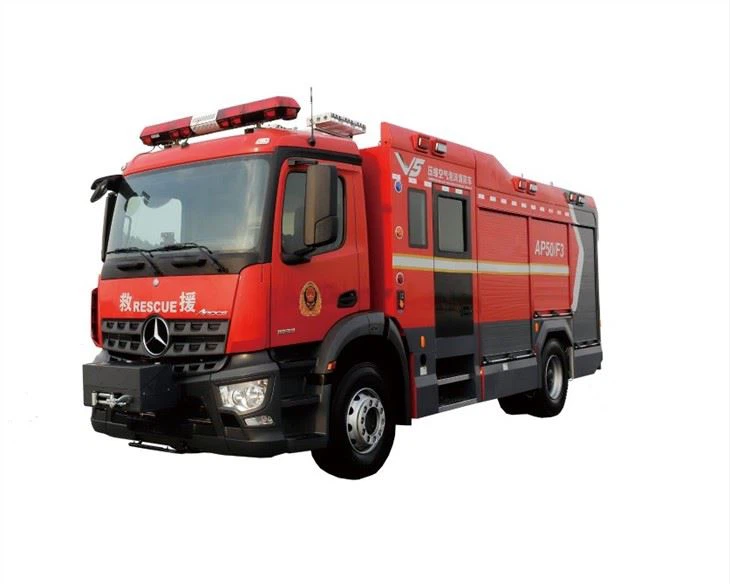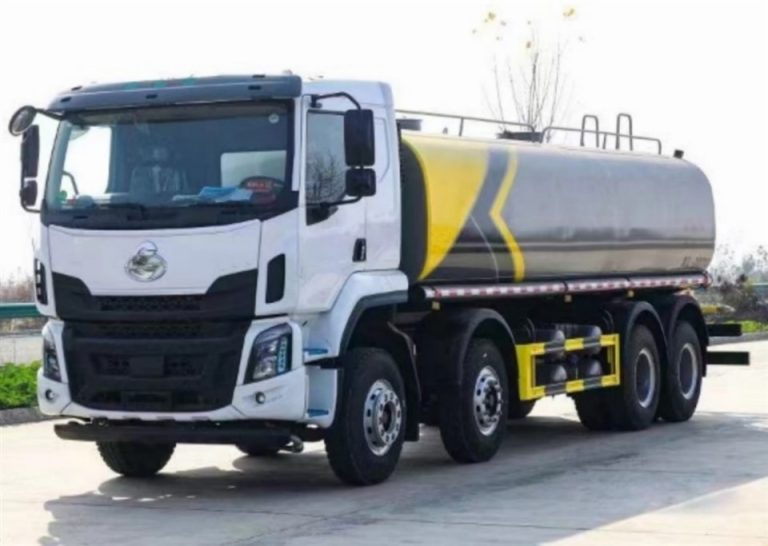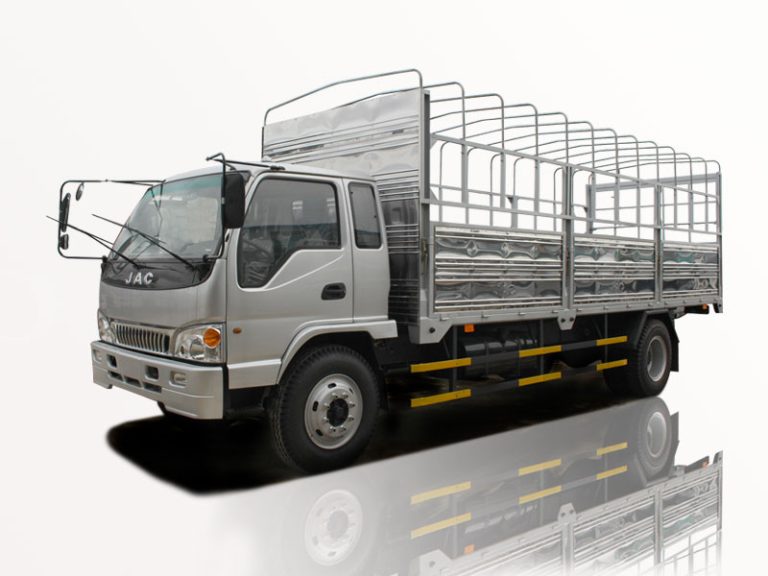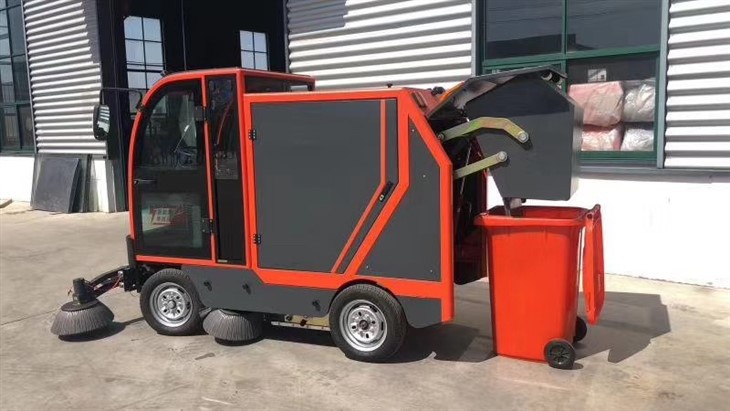Dry bulk tanks are an integral part of the logistics and shipping industry, offering efficient solutions for transporting and storing a range of dry bulk commodities. This article delves into the key aspects of dry bulk tanks, discussing their design, functionality, applications, and the best practices to optimize their use. Whether you’re a logistics manager, a shipping expert, or someone new to the industry, this comprehensive guide to dry bulk tanks is intended to enhance your understanding of this crucial storage solution.
What Are Dry Bulk Tanks?
Dry bulk tanks are specialized containers designed for the transportation and storage of dry bulk materials. These materials can include grains, fertilizers, plastics, coal, and various chemicals. Dry bulk tanks are characterized by their capacity to handle large volumes of products without compromising quality.
Key Characteristics of Dry Bulk Tanks
- Material: Typically made from durable materials such as stainless steel or aluminum to resist corrosion and wear.
- Design: Often cylindrical or rectangular in shape, optimized for storage and transport efficiency.
- Capacity: Available in various sizes to accommodate different storage and transportation needs.
- Sealing Mechanisms: Equipped with features to ensure airtight sealing, preventing contamination of contents.
Types of Dry Bulk Tanks
Understanding the different types of dry bulk tanks is crucial for selecting the appropriate tank for specific applications.
1. Dry Bulk Tankers
These are specialized trucks or vessels designed for the transport of dry bulk cargo. They come with multiple compartments for transporting different materials simultaneously.
2. Silos
Used primarily for storing dry bulk materials, silos are large, cylindrical structures that can hold significant quantities of grain, powder, or other dry goods.
3. Hopper Bottom Tanks
Hopper bottoms are designed for ease of unloading, utilizing gravity to facilitate the flow of bulk materials. This design is especially common in agricultural and industrial applications.
4. Flat Bottom Tanks
These tanks are used for various applications where the materials don’t require the same level of flow assistance as hopper bottom tanks. They are ideal for storing materials like plastics and powders.
Applications of Dry Bulk Tanks
Dry bulk tanks are utilized across various industries, each benefiting from their unique properties. Here are some primary applications:
1. Agriculture
In agriculture, dry bulk tanks are predominantly used for storing grains, feed, and fertilizers. Their design helps maintain the quality of the stored materials over time.
2. Construction
Dry bulk tanks are essential for storing cement and other construction materials. Their robust design ensures that the materials remain dry and uncontaminated.
3. Chemical Manufacturing
The chemical industry uses dry bulk tanks for the storage of powdered chemicals and raw materials. Their airtight sealing capabilities prevent any reactions with external elements.
4. Food Processing
In the food industry, these tanks are used for storing ingredients like sugar, flour, and other powdered substances. Hygiene standards are strict, necessitating tanks that are easy to clean and maintain.
Factors to Consider When Choosing a Dry Bulk Tank
Selecting the right dry bulk tank involves multiple considerations to ensure compatibility with the materials being stored or transported.
1. Material Compatibility
Ensure the tank material is compatible with the contents to avoid contamination and degradation. For example, corrosive materials may require special coatings.
2. Capacity Requirements
Determine the volume of materials you’ll be handling to select a tank size that meets your needs without excessive empty space or overflow risk.
3. Loading and Unloading Mechanisms
Consider the methods available for loading and unloading the tank. Equipment compatibility plays a crucial role in efficiency.
4. Regulatory Compliance
Ensure that the dry bulk tank complies with local and international standards, especially in industries like food processing and chemical manufacturing.
Best Practices for Maintaining Dry Bulk Tanks
Proper maintenance of dry bulk tanks is essential to extend their lifespan and ensure safe handling of materials.
1. Regular Inspections
Conduct routine visual inspections for any signs of corrosion, leaks, or structural damage. Schedule professional examinations based on usage frequency.
2. Cleaning Protocols
Cleansing tanks after each use is vital, especially for food-grade tanks. Develop a cleaning protocol that adheres to industry standards to ensure hygiene.
3. Monitoring Environmental Conditions
Keep an eye on factors like humidity and temperature, which can affect the quality of stored materials. Use sensors or manual checks to monitor conditions.
4. Training Staff
Train employees involved in the handling and maintenance of dry bulk tanks to understand their importance and the procedures for their safe operation.
Practical Examples of Dry Bulk Tank Use
Understanding how dry bulk tanks are integrated into different sectors can provide valuable insight for new users.
Example 1: Agricultural Storage
A farmer uses a silo to store wheat. The tank’s design helps maintain the quality of the wheat during storage, and regular inspections ensure there are no leaks or infestation.
Example 2: Cement Transportation
A construction company utilizes dry bulk tankers for transporting cement to various work sites. The tankers are equipped with pneumatic systems that simplify the loading and unloading process.
Example 3: Food Industry
A bakery uses dry bulk tanks for storing flour. After each batch, the tanks are cleaned thoroughly to adhere to hygiene standards, preventing any cross-contamination.
Comparative Cost Analysis of Different Dry Bulk Tanks
Choosing the right dry bulk tank also involves financial considerations. Below is a table showcasing the average costs and features of various types of dry bulk tanks.
| Type of Tank | Average Cost | Typical Capacity | Applications |
|---|---|---|---|
| Dry Bulk Tanker | $100,000 – $300,000 | 30,000 – 50,000 liters | Transportation of bulk materials |
| Silo | $50,000 – $200,000 | 10,000 – 500,000 liters | Grain storage, feed |
| Hopper Bottom Tank | $70,000 – $150,000 | 20,000 – 30,000 liters | Cement, fertilizers |
| Flat Bottom Tank | $40,000 – $100,000 | 20,000 – 50,000 liters | Storage of powdered materials |
FAQs About Dry Bulk Tanks
1. What materials can dry bulk tanks store?
Dry bulk tanks can store a variety of materials, including grains, powders, fertilizers, cement, and plastics, among others.
2. How often should dry bulk tanks be inspected?
It is recommended to inspect dry bulk tanks at least once a month and perform a thorough professional examination annually.
3. Are there regulations governing the use of dry bulk tanks?
Yes, there are regulations, especially in the food and chemical industries, that govern the design, maintenance, and operation of dry bulk tanks.
4. How can I ensure my dry bulk tank remains hygienic?
Develop a regular cleaning schedule, use food-grade materials if necessary, and ensure that all equipment is well-maintained to avoid contamination.
5. What are the benefits of using hopper bottom tanks?
Hopper bottom tanks facilitate the easy unloading of bulk materials using gravity, which saves time and labor and prevents material wastage.
6. Can dry bulk tanks be customized?
Yes, many manufacturers offer customization options for dry bulk tanks, including size, material, and additional features to meet specific requirements.






